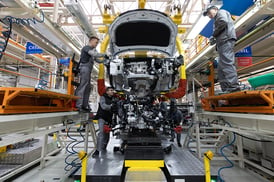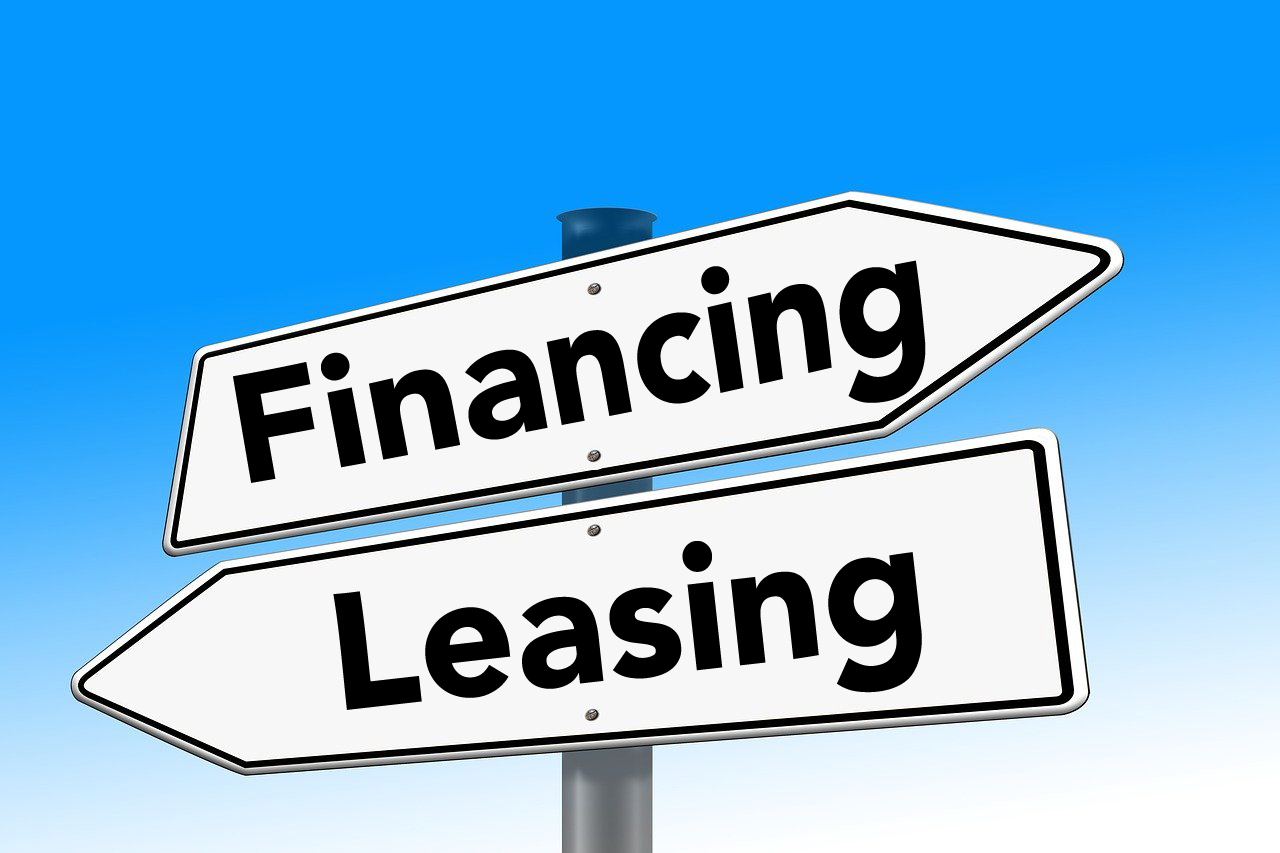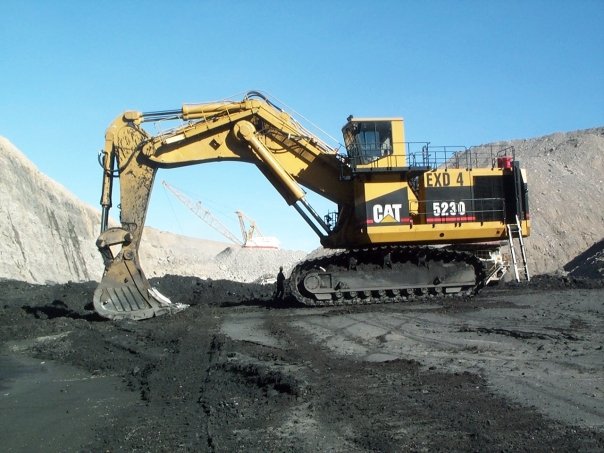
In our last post, we discussed the most commonly used value definitions specific to bank financing and equipment leasing. In this installment, we are focusing on internal reasons for obtaining an appraisal, such as accounting, tax, and insurance compliance requirements.
Depending on the industry you work within, certain machinery & equipment can be large and complex, involving significant investments outside of the pure “hard cost” of the assets. These expenses include shipping, construction, installation, custom build-outs, and operator training, simply to get the equipment up and running.
For these reasons, the American Society of Appraisers (ASA) developed a definition of value to consider these costs as part of the overall capitalized value of the machinery. This expanded definition is called Fair Market Value-Installed and is similar to Fair Market Value with certain considerations added.
Here are the two definitions side by side, for comparison:
Fair Market Value (FMV)
Fair Market Value is an opinion expressed in terms of money, at which the property would change hands between a willing buyer and a willing seller, neither being under any compulsion to buy or to sell and both having reasonable knowledge of relevant facts, as of a specific date.
Fair Market Value-Installed
Fair Market Value-Installed is an opinion, expressed in terms of money, at which the property would change hands between a willing buyer and a willing seller, neither being under any compulsion to buy or to sell and both having reasonable knowledge of relevant facts, independent of earnings generated by the business in which the property is or will be installed, as of a specific date.
The highlighted words in the expanded definition are what allows the appraiser to include expenses, commonly referred to as “soft costs”, as a complement to the actual purchase price of the equipment. These additional investments will add value as part of the overall asset, as long as it remains installed, which is a consideration when valuing for any internal business purpose specific to your company.
Most machinery-intensive industrial manufacturing facilities and large process production plants will see these types of costs associated with their equipment. The requirements necessary to ship large assets, often overseas, add extra foundations to safely install the equipment on the facility floor, the electrical, plumbing, and process piping needed to work with the equipment, and paying the manufacturer representatives for weeks of on-site training, are some of these costs that can be capitalized as part of the overall value of the assets.
Not every business has equipment with high installation costs associated with it, but if yours does, don’t forget to consider these additional investments as part of the overall value when working on internal compliance projects related to accounting, tax, and insurance.



